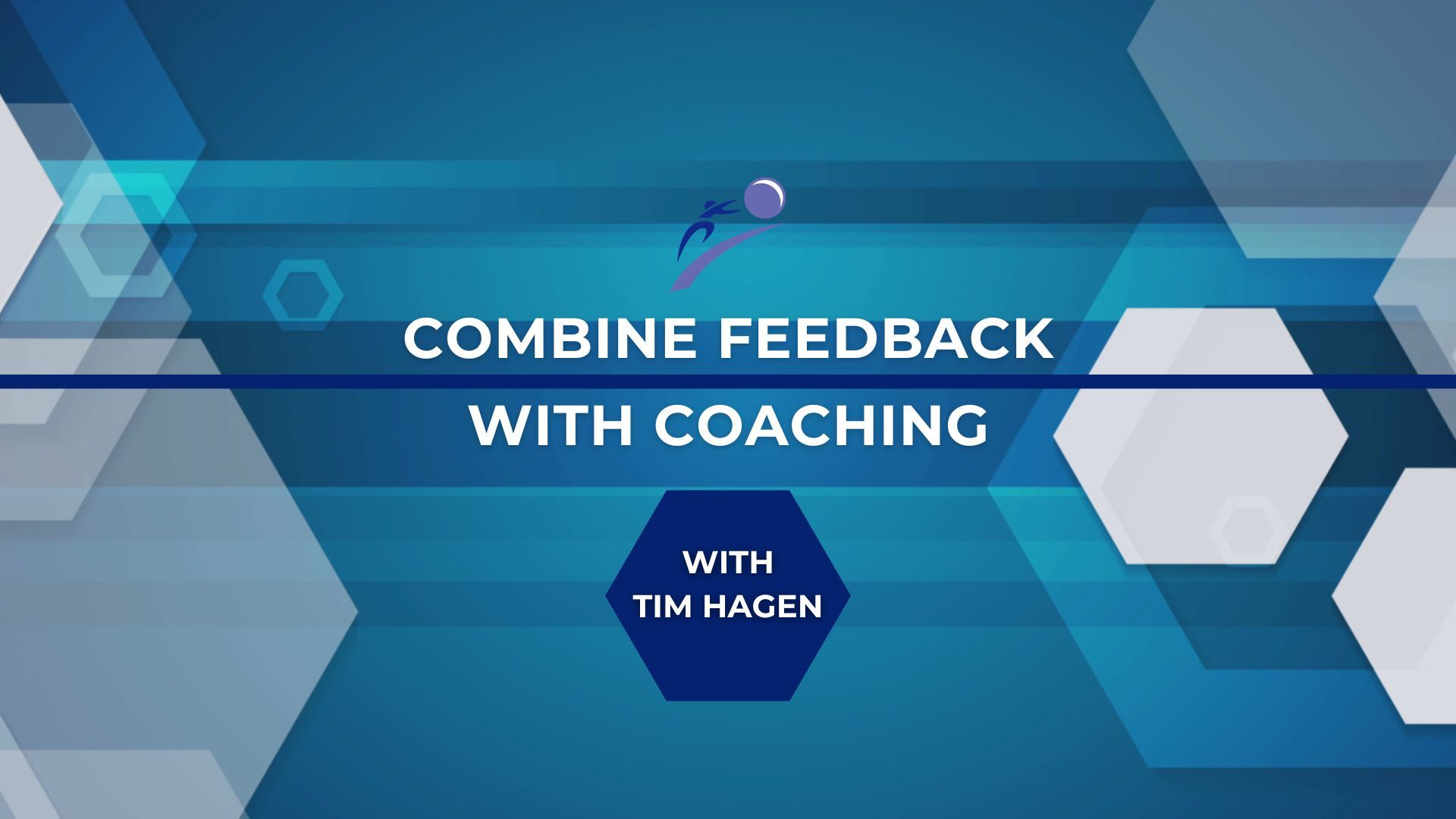Navigating Disputes with Grace and Clarity
Conflict can be a tool for growth rather than a source of stress. Change the way you think about disagreements with these actionable strategies to turn confrontations into opportunities for deeper understanding and collaboration. In this article, we'll guide you toward a more empathetic and effective approach to conflict resolution with a compelling story from the world of volleyball coaching, illustrating how these principles can lead to more harmonious and productive outcomes.
See how to navigate emotionally charged situations with grace and clarity. We break down practical techniques for maintaining respect and consideration, ensuring that open communication thrives even in the most challenging circumstances with workplace disagreements or personal disputes. Let's reframe conflict as a chance to build awareness and address blind spots together.
How do we have productive conversations of conflict?
First of all, we have to reframe our relationship with conflict. Confrontation is nothing more than building awareness in an uncomfortable area where somebody has an opportunity to improve. If I confront somebody because I'm upset, that will lead to an argument. If I confront somebody in the frame of mind that I have an opportunity to build awareness where someone might have a blind spot, then my disposition-- my approach-- has a better chance of being accepted.
When we approach people, one of the best things we can do is something called the Permission + the Sword. We teach this concept a lot at Progress Coaching. Here's an example:
Permission + the Sword
"Bob, would you mind if I shared with you a perspective where I think we could work more effectively together?"
Notice the we. That's the Permission part.
The Sword is,
"...I'd love to hear from you because the last thing I want to do is make assumptions of where you're coming from because I think that would be unfair to you."
You ask for permission and then use a phrase like the one above. That shows you're owning why. When you approach the person, it's about you. It's not necessarily about them...at least not initially.
You're still having the conversation embedded in conflict, so when you ask for permission, and someone replies, "Okay," it identifies in advance they're likely not going to love it. Yet the minute they invite the feedback, they can't say you attacked them with unwelcome or unwarranted feedback.
I'll give you a perfect example. (Continue article below video.)
I coached youth volleyball for a long time, and I had a friend in town who was talking to a parent. The parent had come to me in the gym only two minutes before practice started--already breaking a well-known rule of scheduling time with the coach. The parent was really upset and was raising his voice for everyone to hear. Before he even got to the verb, I knew he was upset. I said, "This is not the right time to talk about it. We need to schedule an appointment so we can have a proper frame of mind and have a really good discussion." He barked back, "I don't have a lot of time."
I replied, "So, you're taking my time and the kids' practice time. Is that what you're demanding of me right now?"
He said no, and I asked him to revisit with me later.
Sometime later, we got back together, and he was still upset. I'd learned that he told my friend that I'd attacked him. My friend had asked him where we'd had the interaction, and when the parent explained in the gym, my friend said, "So, he called you in."
"No, I just stopped by," the parent explained. "It wasn't going to take long."
What the parent was doing was reacting. He was interpreting and articulating to my friend a very different version of what actually happened. He didn't offer those details because he was absolving himself of responsibility.
When I finally met with him, I asked, "Do I have your permission to be candid with you?" He said yes. I repeated what I was going to do. "I'm going to be candid with you and before I do that, are you aware that your son knows why he's not playing?"
All of a sudden, his expression changed from anger to stunned. "He does?"
I explained we do one-on-ones with the boys every two weeks. "Your son said, 'Coach, I'm never going to crack the starting lineup. I get where I am. I just love being a part of this team.'"
Boom. Argument over. The parent had no clue. He apologized for his anger. To that, I said, "No, I'm happy. This is your kid, I get it."
He said, "Boy, I really came charging in hard." We both laughed, and in the moment, it dissipated. The real key to mitigating that emotional reaction was when I asked him for permission. "Can I share your son's comments?" It diffused the anger. Through the years this kid was in the program, that parent was the most supportive.
Conflict can be wonderful. Ask for permission and throw ourselves on the sword, ("So I don't make assumptions...") to diffuse the intensity. Because the minute they say yes, you then offer and say, "Look, I'd love to hear from you." Conflict is not yelling, screaming, and bloodshed. It is a cooperative language. It's a cooperative approach. You want to position the person you're approaching to be comfortable, to react in an open manner, and to be receptive.
The goal of feedback is never to just give feedback. The goal of feedback--especially with conflict-- is to give the feedback so someone receives it well and strategically utilizes it.
How often do we avoid those conflicts by waiting, and waiting, and waiting, and now the tension and anxiety is through the roof. Eventually, you've got to have a conversation with Bob. Then what do we do? We unload. All that tension and anxiety releases at once, and our emotions pour out. When that happens, your emotion is the focus, instead of the message. The message is lost, they'll never change, and, quite frankly, your emotion will trigger their emotion, which becomes combustible.
ACTIVITIES TO IMPROVE CONFLICT MANAGEMENT:
-
Make a list together of things that occur in the person's conversations that trigger stress, anxiety, or negativity. Practice handling each scenario together (effectively role-play through those scenarios), and make a plan of things that you can do together to help them handle those stressors and conflicts more positively.
-
Practice the Permission + the Sword technique described above between the two of you with a scenario that can tend to trigger anxiety or stress. Practice and repetition build confidence. Embed those practice sessions in your coaching conversations.
-
Have the person itemize where they are progressing when it comes to managing conversations of conflict, and also where they feel as though they've hit some roadblocks. Write their responses on a whiteboard or paper for visualization, and take a snapshot of that list. Review that list every few weeks to help them see their progress.
-
Draw out three columns on a whiteboard or paper, and in Column 1 have them write out their current behaviors with conflict and where they struggle. In Column 3, write out the ideal end-state. In Column 2, brainstorm what actions they need to take to move progress from their current to the ideal state. Take a snapshot of that list and review every few weeks to help them see their progress.
Being approachable and coachable-- this is the real secret sauce to what's missing in workplace cultures.
Watch the FREE Webinar with Tim Hagen today: Become Approachable & Coachable: The Secret Sauce to Workplace Success
Learn how to help coach individuals to become approachable and coachable. Teach them how to EAT feedback (Embrace, Ask, & Tell) to help them pursue their own development in positive and effective ways. Learn the top 10 tips for approachability and how to implement them in your coaching sphere.





